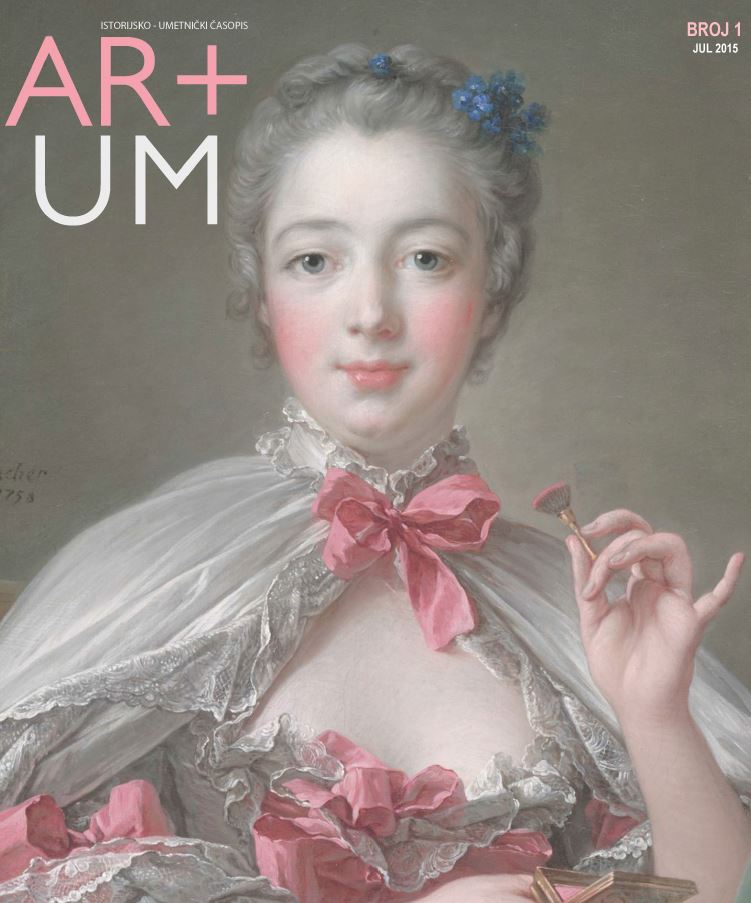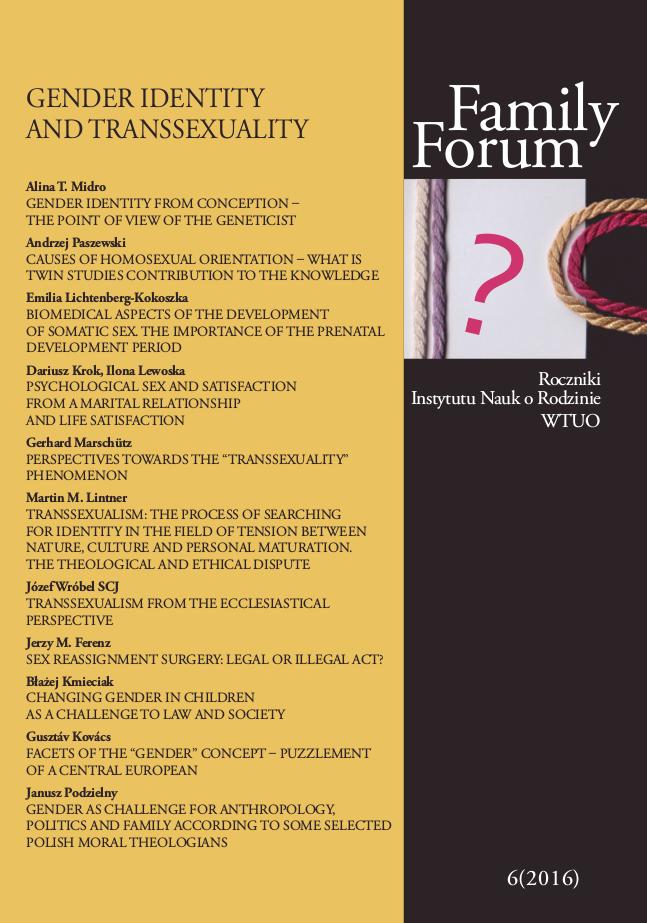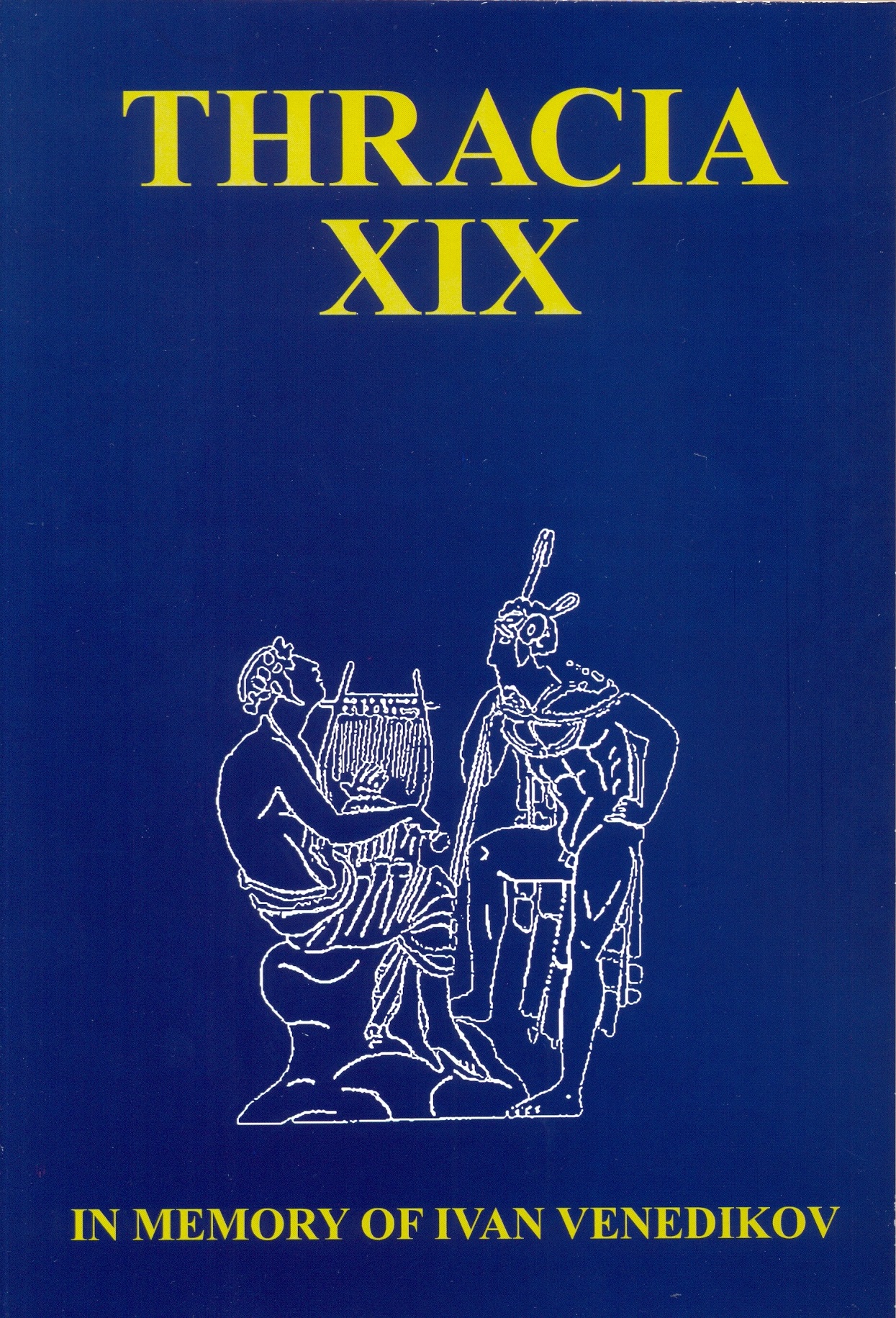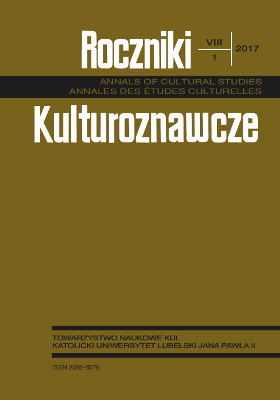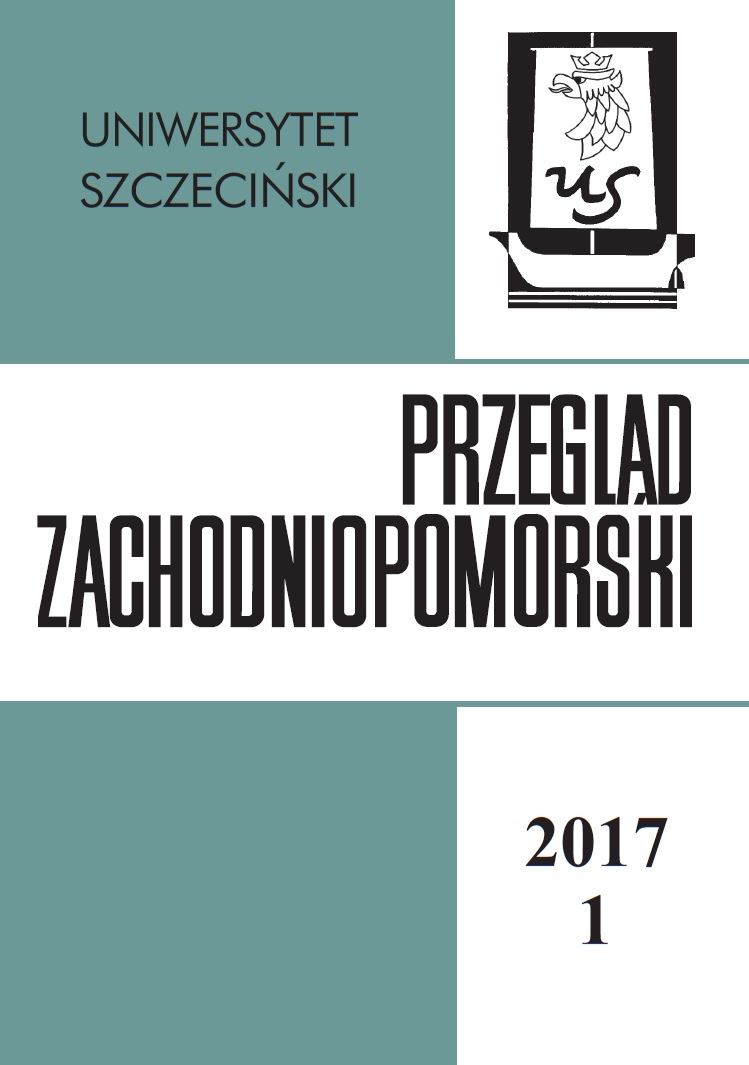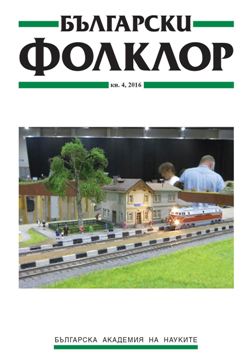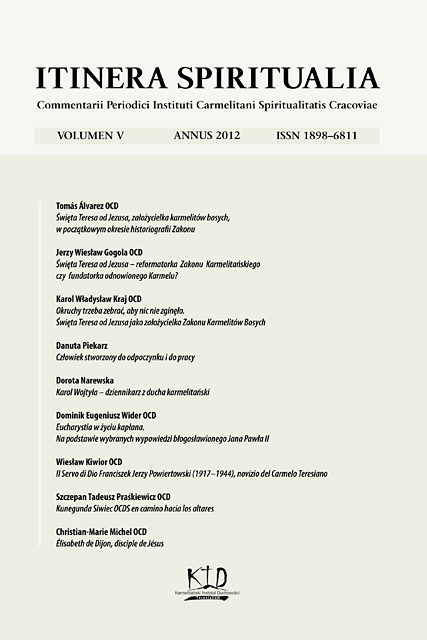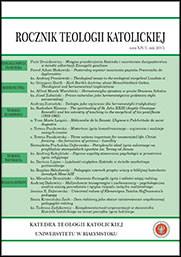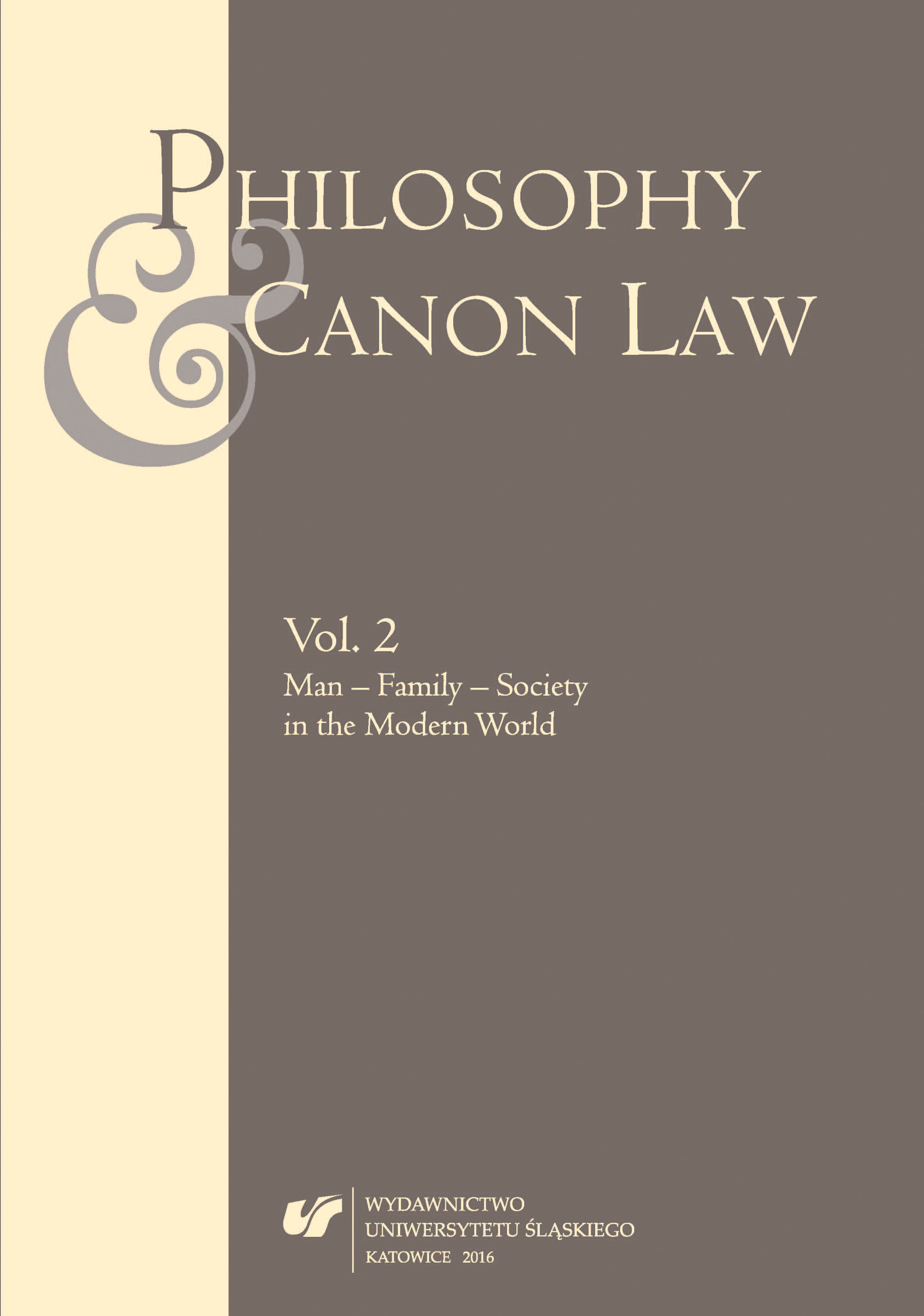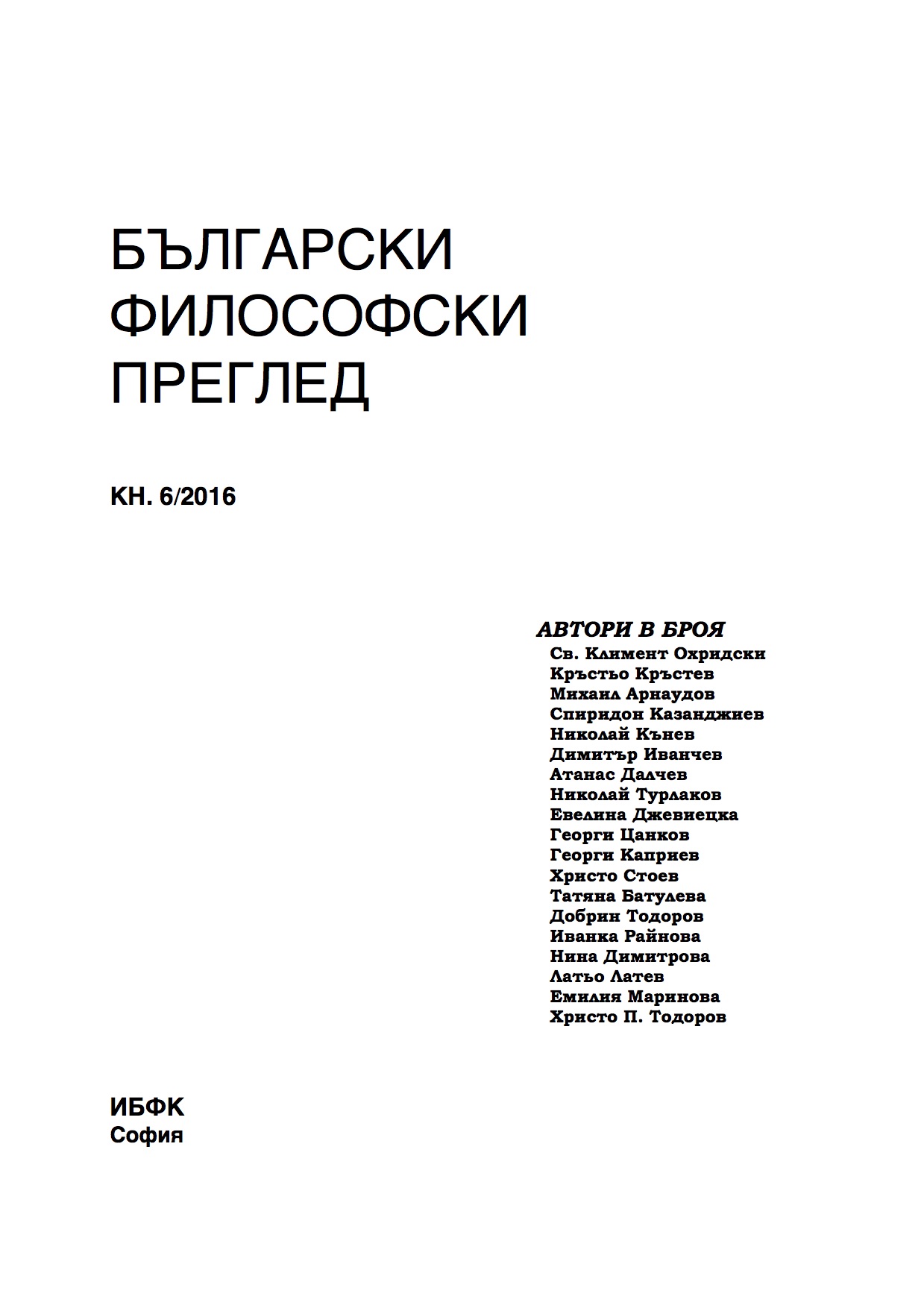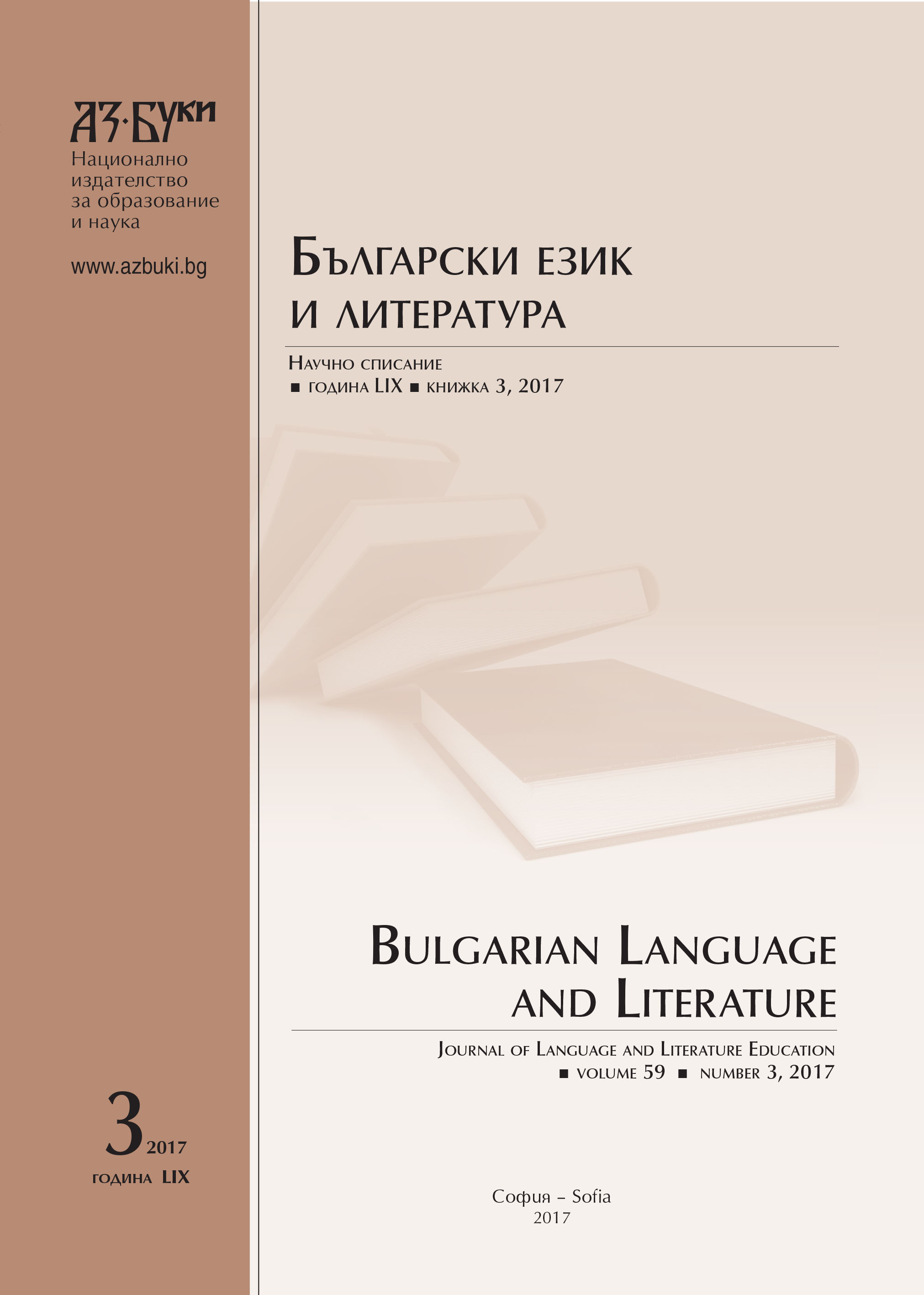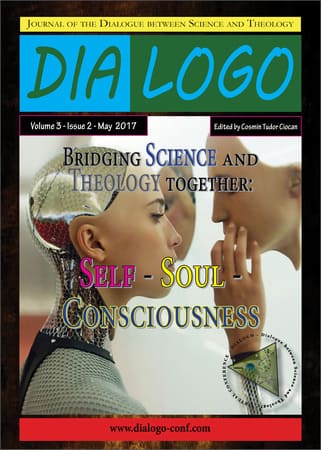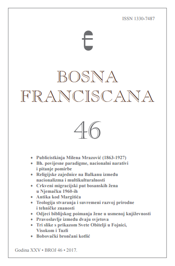Author(s): Gheorghe Rodnitchi / Language(s): English
Issue: 1/2017
Since I have left school, I have never faced the problem of undermining and ignoring thestudent. Of course, when I was a student, I faced a lot of situations in which teachers have, withso much talent, managed to destroy our imagination and creativity for the simple reason thatthey did not agree with our ideas, which were good ones. Perhaps I can put this on the fact of theardent subject of the intergenerational conflict, but I will not feel better nor more quietly. Thoseteachers with a passport were often frustrated by their intentions of controlling, monopolizingand destroying the best things in a child, namely, imagination and creativity. The latter requirestimulation and help, not oppression and subversion. The children, the pupils are the mostimportant resource in a country, in a society, and for that reason they deserve a specialtreatment, meant to make them better, more mind-opened, more fulfilled and more curious.Once that I became a student to university, I met teachers who forgot their purpose and theirmission. More recently, I am also a student to Educational Sciences, the psycho-pedagogicalprofile, and soon I will have my first hour as a teacher in applied practice. I hope that everythingis going very well. And in order to continue with the above idea, I have made a promise since Iwas a student in school, that if I ever become a teacher, I would choose not to be a man of fatewho has all the future in front; not to become a teacher who does not support or who doesn’tteach his own students, thus breaking down their wings with which they would fly.
More...


